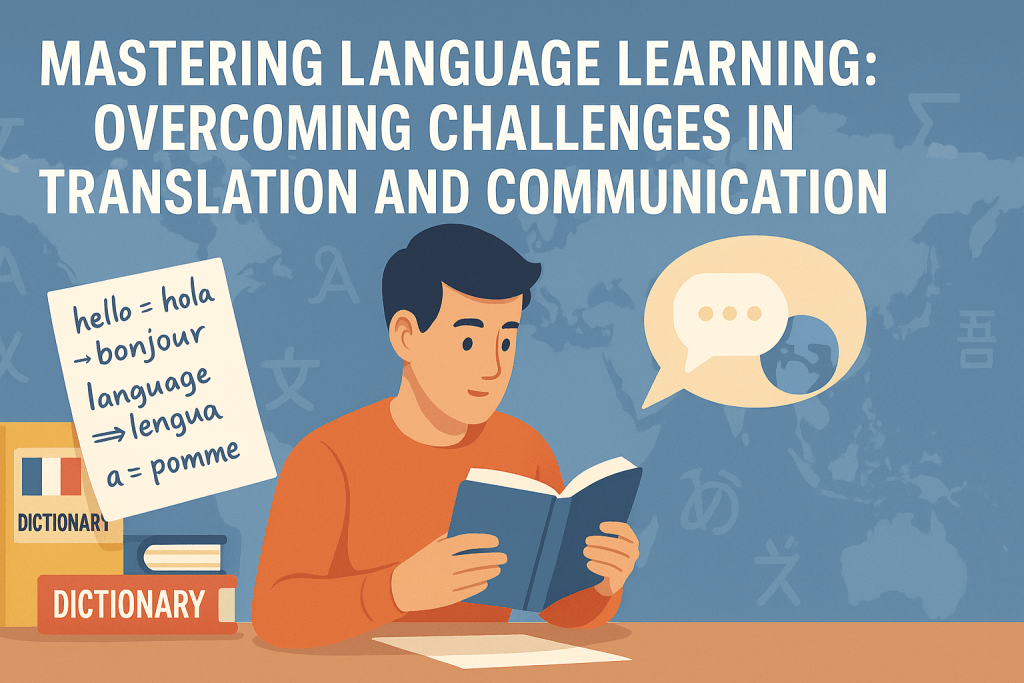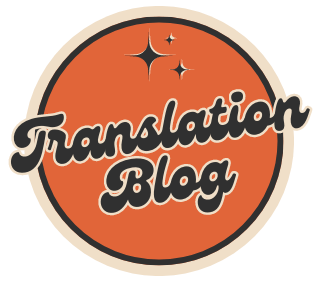Learning a new language is an enriching and transformative experience. It opens doors to new cultures, opportunities, and ways of thinking. However, achieving true fluency involves navigating a range of challenges, from mastering unfamiliar scripts to maintaining accurate meaning during translation. Understanding these common obstacles can help learners approach new languages with greater confidence and effectiveness.
Fortunately for you, this article explores the common challenges language learners face, from grammar hurdles to pronunciation difficulties, and offers practical strategies to overcome them.

Navigating the Complexity of Language Structures
One of the first hurdles language learners face is understanding the structure and rules that govern a language. Every language has its own grammar, sentence construction, and syntax, which can vary dramatically from one’s native tongue. For instance, while English follows a subject-verb-object order, languages like Japanese and Korean often use subject-object-verb patterns. Recognising these fundamental differences early on can prevent confusion and build a strong foundation for more advanced learning.
Tackling grammar involves more than memorising rules. It requires an active engagement with the language through exercises, practice conversations, and immersion. Consistent exposure helps internalise structures, making them feel more natural over time.
Handling New Writing Systems and Scripts
Another major challenge for learners is adapting to different writing systems. Transitioning from the Latin alphabet to scripts like Cyrillic, Arabic, or Chinese characters can be intimidating. Each new system demands not only memorisation but also understanding the cultural nuances embedded within the script.
Successful learners approach new scripts by breaking them down into manageable segments. Instead of attempting to memorise entire alphabets or character sets at once, focusing on a few symbols or letters each day allows for gradual and sustained progress. Tools such as flashcards, handwriting practice, and digital applications specifically designed for script learning can significantly accelerate this process.
Overcoming Pronunciation Barriers
Pronunciation often presents a surprising difficulty. Many languages feature sounds that simply do not exist in a learner’s native language, requiring the development of new muscle memory for mouth and tongue movements. In tonal languages such as Mandarin Chinese, the pitch or tone used when pronouncing a word can completely change its meaning.
To master pronunciation, learners benefit from repeated listening and speaking practice. Engaging with native speakers, whether through language exchange programs or online platforms, provides invaluable feedback. Recording oneself and comparing pronunciation to native examples can also sharpen awareness of subtle differences.
Retaining Meaning During Translation
Learning a language is not merely about swapping one word for another. Maintaining meaning when translating between languages is crucial and often complex. Cultural expressions, idioms, and context can dramatically alter the way sentences should be understood and conveyed.
Literal translations often lead to misunderstandings. For example, an idiom that makes perfect sense in Spanish may seem nonsensical when directly translated into English. To retain meaning, learners must understand both the literal and cultural dimensions of phrases. Practice in paraphrasing, studying context-rich materials, and paying attention to cultural references in media all contribute to building this critical skill.
When handling written translations, especially across languages with significant structural differences, tools like Adobe’s quick online document tools can assist in managing layout consistency when working with bilingual materials, though learners should still rely on developing strong foundational language skills rather than technology alone.
Dealing with False Friends and Misleading Vocabulary
False friends, words that look similar across languages but have different meanings, can trip up even advanced learners. For example, the English “actual” and the Spanish “actual” (which means “current”) can cause confusion.
Awareness is key to overcoming this hurdle. Creating personal lists of false friends encountered during study sessions and regularly revisiting them can help solidify correct meanings. Contextual learning, where vocabulary is understood within the framework of full sentences or conversations, also reduces the risk of misinterpretation.
Building Listening and Comprehension Skills
Listening comprehension is often slower to develop than speaking skills. Rapid speech, varied accents, and colloquial usage can overwhelm beginners. Unlike reading, where one can pause and re-read, listening requires immediate processing.
Improvement comes from active engagement. Listening to audiobooks, podcasts, and radio broadcasts in the target language, even if initially difficult, gradually tunes the ear to rhythm, intonation, and common patterns. Starting with slower materials and progressively moving to natural-speed conversations ensures steady progress.
Maintaining Motivation and Overcoming Plateaus
Language learning is a marathon, not a sprint. Many learners experience plateaus where progress seems to stall. This often leads to frustration and the temptation to give up.
Setting clear, achievable goals is one way to stay motivated. Whether aiming to hold a five-minute conversation or read a short story in the target language, small victories reinforce a sense of achievement. Joining study groups, participating in language challenges, or even planning travel to countries where the language is spoken can reignite enthusiasm.
Acknowledging that plateaus are a normal part of the learning journey helps maintain perspective. Often, a brief change in study methods, such as switching from grammar drills to conversational practice, refreshes motivation and reactivates learning momentum.
Cultural Immersion as a Learning Accelerator
Language and culture are inseparable. Cultural immersion, whether virtual or physical, enhances understanding and retention. Watching films, reading literature, cooking traditional dishes, and participating in cultural events related to the target language all create meaningful connections that deepen linguistic competence.
Virtual exchanges and online communities offer excellent opportunities for cultural immersion even when travel isn’t possible. Engaging with native speakers through informal conversation strengthens practical communication skills and exposes learners to authentic usage beyond textbooks.
Final Thoughts: Embracing the Language Learning Journey
Learning a new language is a complex yet profoundly rewarding endeavour. Challenges such as mastering new grammar structures, adapting to different scripts, perfecting pronunciation, and accurately conveying meaning are all part of the process. By approaching these hurdles with patience, strategy, and consistent practice, learners can transform obstacles into stepping stones.
Rather than viewing difficulties as setbacks, seeing them as integral parts of growth helps sustain motivation and enjoyment. With persistence, curiosity, and the right resources, achieving fluency in a new language becomes not just possible, but inevitable.

